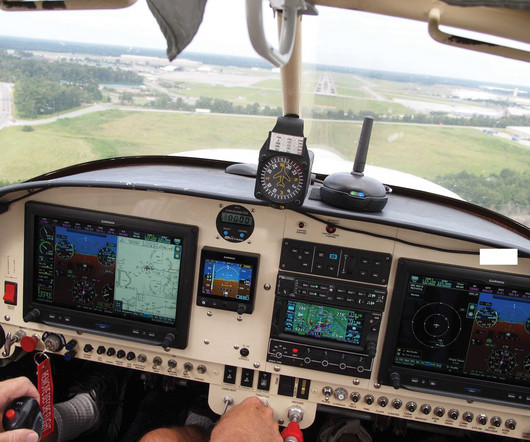The Pitot-Static System: How It Works
Pilot Institute
DECEMBER 12, 2024
In this article, well break down how the pitot-static system works, what it measures, and why its so important. Key Takeaways The pitot-static system measures airspeed, altitude, and vertical speed. Blockages in the pitot tube or static port can lead to inaccurate or failed instrument readings.



















Let's personalize your content